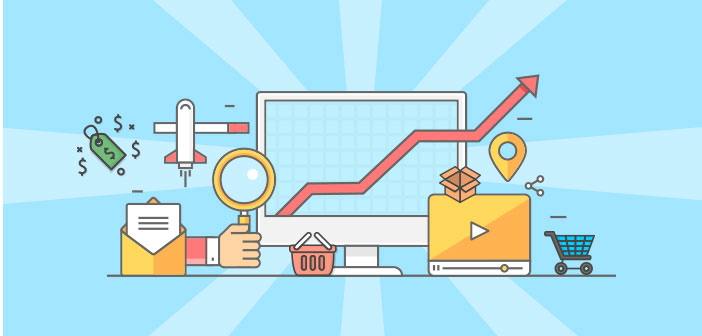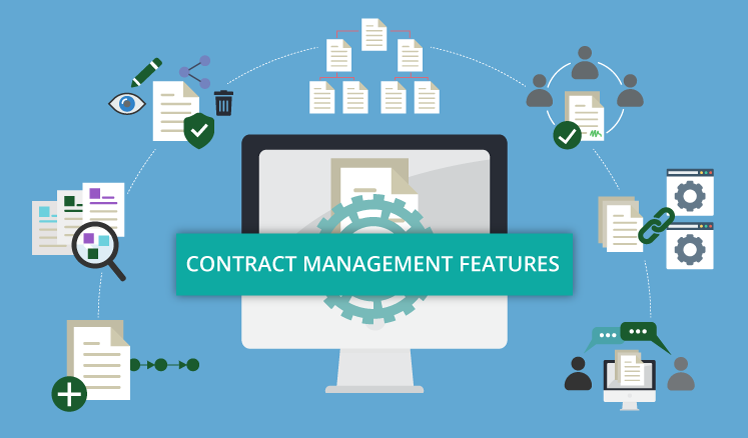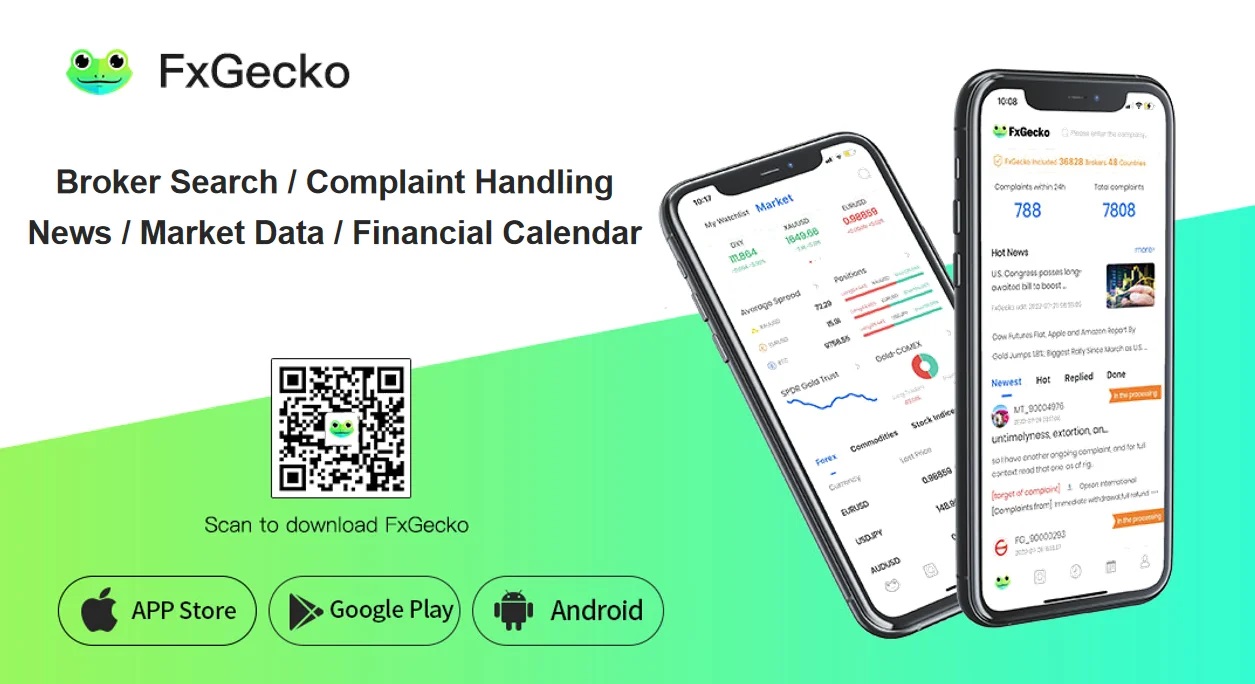Conversions, conversions, conversions.
This word rings in the ears of business owners and marketers alike with the overriding thought being this; how do I get more?
It’s understandable, of course. If you’re not turning viewers into buyers, there’s a limit to how much your marketing strategy can actually be doing for you.
That being said, it’s a tough digital world out there with a recent study showing that, on average, only 2% of website visitors convert.
But, there are things you can do to help improve the odds.
As a leading social media agency in London, we’ve learnt a thing or two that we’d like to share so you can improve your website’s conversion rates.
1. Live Chat
A recent study by JD Power found that live chat options are hugely important to consumers when they are visiting a website.
In fact, more than 42% of people preferred live chat options to email or phone calls to solve their issues during shopping.
In a nutshell, a live chat offers a fast resolution of any problems that consumers might encounter whilst on your website. And providing the option alone gives the impression that you are willing and able to provide your customers with help, should they need it.
It’s a perfect and simple solution to communicating with your existing and potential customers.
You can think of it as adding a little something extra to the existing relationships with your return customers, and an opportunity to give potential leads the extra nudge they need to take the plunge.
So, installing a live chat system onto your website is one option while another is directing your customers to your Facebook chat system.
This is becoming an extremely popular option for businesses with over 20 billion messages being exchanged by businesses every single month.
One of the major benefits of directing your customers to Facebook messenger is that your Facebook page can act a little like your cheerleader.
Not only does the chatbox promote your following, average reply time and business details but your page can also contain boosted posts and customer reviews that make a highly effective backdrop for someone deciding whether or not to buy!
And another benefit? It gives customers the option to discuss potentially sensitive topics of conversation in a private space.
Remember, your customers are people. And, depending on your line of business, you may very well be dealing with something sensitive. Live chat options are an approachable yet personal, and private, place in which customers may feel more comfortable discussing these matters.
All in all, making live chat a part of your consumer’s online experience will do wonders for building trust between you and them and, as a result, improve your conversion rate.
2. Email Marketing
Another really efficient way to improve your website’s conversion rates is to ensure that you are hitting your customers with sufficient content.
And a great way to share content is via email marketing.
Let’s imagine that you’ve set up your Facebook advertising campaigns and you’re generating leads by driving customers to your landing page. This is all well and good at first glance but let’s take a closer look…
You may be generating leads, but then what?
Successful social media marketing will bridge the gap between lead generation and conversions, we need to create a means by which businesses can secure a relationship with their potential customers.
Enter: email marketing.
Ensure that your landing page contains some kind of CTA or submission form that encourages leads to become subscribers.
In doing this, you can increase the lifetime value of your customer rather than fueling the never-ending cycle of one-click purchases and your brand becoming lost in that sea of “websites we really must go back to”.
Additionally, email marketing is a great means to work around the stagnant elements of Facebook advertising.
Of course, there are measures you can take to ensure the frequency of your ads doesn’t get out of hand but essentially you are putting out content that requires time to collect data, during which it’s best not to update it.
Email marketing is critical if you want to create a stream of fresh content. And, creating a stream of fresh content is necessary if you want to remain present in the overloaded mind of your consumer.
But it can be overwhelming…
Where do I start? What content should I include? How often should I be sending out content?
We recommend starting with automated emails.
Not only are these a sure-fire way to ensure that your customers feel like your content is personal to them but you’re also able to give potential customers the push they may need to purchase, exactly when they need it.
Automations should include…
- A series of welcome emails for people who have signed up to your mailing list – these emails should say thank you, give some information about your business and perhaps ask for some information about your customer e.g. their birthday
- An abandoned cart/browser email – “hey, you left something behind…” is a message we all recognise, and yet when combined with a 10% discount so often does the trick!
- A post-purchase email is a great opportunity to ask for feedback from your customers, or plug your social media accounts and ask them to tag you in a photo
- A lapsed customer email is for people who have purchased from you in the past but may have fallen off the grid since doing so, it’s a gentle reminder to let them know you’re still here and offer them a larger discount that lets them know they are still a valued customer
Once you’ve got your automation set up, the sky’s the limit.
Email marketing can truly transform your Facebook ads strategy.
One of our clients gained 500 new email subscribers per day and saw an 83% rise in their month-on-month revenue by combining email marketing with their initial strategy.
3. Delivery Options
When it comes to securing conversions, particularly from return customers but also from those who are new, transparency is key.
This means being open about the elements of your business that mean most to your customers i.e. delivery and returns.
People want to know how long they are expected to wait, whether it’ll cost them more to wait for less time and what to do if they’re unsatisfied with their product.
Let’s think about a dear friend, the marketing funnel.
A crucial element of creating a successful social media marketing and getting people to pass through the funnel is locating and soothing the reservations that your potential customers may have about converting.
A recent study listed the top 7 reasons why your website visitors don’t convert. 3 of those 7 reasons relate to what we’re talking about here.
The first reason is that the brand isn’t trustworthy, the fourth reason is that there is no guarantee or fallback and the seventh reason is that there is no information about the security.
Now, we’re not saying that you need to include all of this in your ad copy, but addressing your delivery and returns policy is a great place to start. It lets your customers know straight off the bat what to expect and what their rights are if they don’t like the product.
This works particularly well for e-commerce businesses. With the increase of buying online, people want to know if they’re going to receive their item in time for whatever it is they need it for.
And they also want to know that they can send it back if it doesn’t quite fit or work.
Addressing these types of concerns is a sure-fire way to improve your conversion rate.
There’s a reason you see so many ads promoting “free UK delivery over £10” or “free returns within 30 days”.
4. Payment Options
This really goes hand in hand with delivery options. If people are protective of their time, they’re definitely going to be protective of their money.
So, it’s no wonder that options to pay on a flexible schedule and with no interests fees are getting people hot under the collar.
With the rise of delayed or staggered payment options like Klarna or Clear Pay, it’s vital to reference them in your ad copy.
Although it’s common, not all brands have these options available so it’s worth promoting it if you do. Particularly if your product is on the spenny side!
The option to finance purchases has huge impacts on conversion rates, with buy now pay later options being found to increase basket sizes, on average, by 20-30%.
In addition, online retailers who offer a buy now pay later option reported a 20% increase in their online conversions.
So not only are people becoming more inclined to convert in light of these payment options, but they’re also making higher-value purchases.
Sounds like a win-win to us!
5. Customer Reviews
We’ve said it before and we’ll say it again, people love to know what other people think.
In fact, a recent study found that 95% of shoppers read reviews online before making purchases.
But more than that, the purchase likelihood of a product with five reviews is 270% higher than the purchase likelihood of a product with no reviews.
The moral of the story? You need to put reviews on your website.
There are tons of options out there to get your reviews seen from off-site options like Google My Business or on-site options like Judge.Me.
And, each has a varying degree of control.
Obviously, you want your reviews to be good and some systems will allow you to filter the reviews that do and don’t show up on your website. But be aware – you can have too much of a good thing.
If all your reviews are 5 star and singing your praises, people may start to get suspicious. Opt for variety.
Furthermore, if you use options like Google My Business, you can actually reply to reviews which can actually be hugely beneficial.
Say someone leaves you a really nasty review, it’s a judgement call whether or not you choose to reply. But, often doing so can create an impression of your business that you don’t shy away from conflict.
Furthermore, you can show yourself offering a resolution to the issue being raised.
As was the case with offering delivery and payment options, reviews are a great way to ease the concerns of first-time buyers.
First-time customers will look at reviews to find out what other people think of the product, whether they enjoyed it, whether they thought it was cost effective and even whether they would come back to repurchase.
In conclusion…
If you’ve sensed a recurring theme amongst these recommendations, you would be right.
As with many elements of social media marketing, success is grounded in establishing trust amongst your audience.
Without trust, people are highly unlikely to convert.
The common ground between the 5 recommendations we have made is creating a relationship between brand and consumer.
Let’s review.
Live chat offers a direct line of communication between your business and your customers.
Email marketing provides an ongoing stream of content and a platform by which you, as a business, can get creative and speak to your audience on an ongoing basis.
Providing customers with information about delivery options tackles a common concern for new customers and repeat customers alike and eases their concerns.
Similarly, providing payment options is hugely beneficial for establishing a sense of cost and worth. As well as offering greater flexibility with your customers most valued possession, thus encouraging them to make purchases.
Finally, customer reviews are a great way to offer an additional perspective and establish greater trust. Afterall, would you sooner trust a coffee shop self-titled as the best in the world or a coffee shop titled by ten of your peers as the best in the world?
Hint: it’s probably the latter.
So, if your conversion rate is not as you would like it we recommend that you think about how you can build a better relationship with your audience. And, using the five points discussed here is a great place to start.








Add Comment